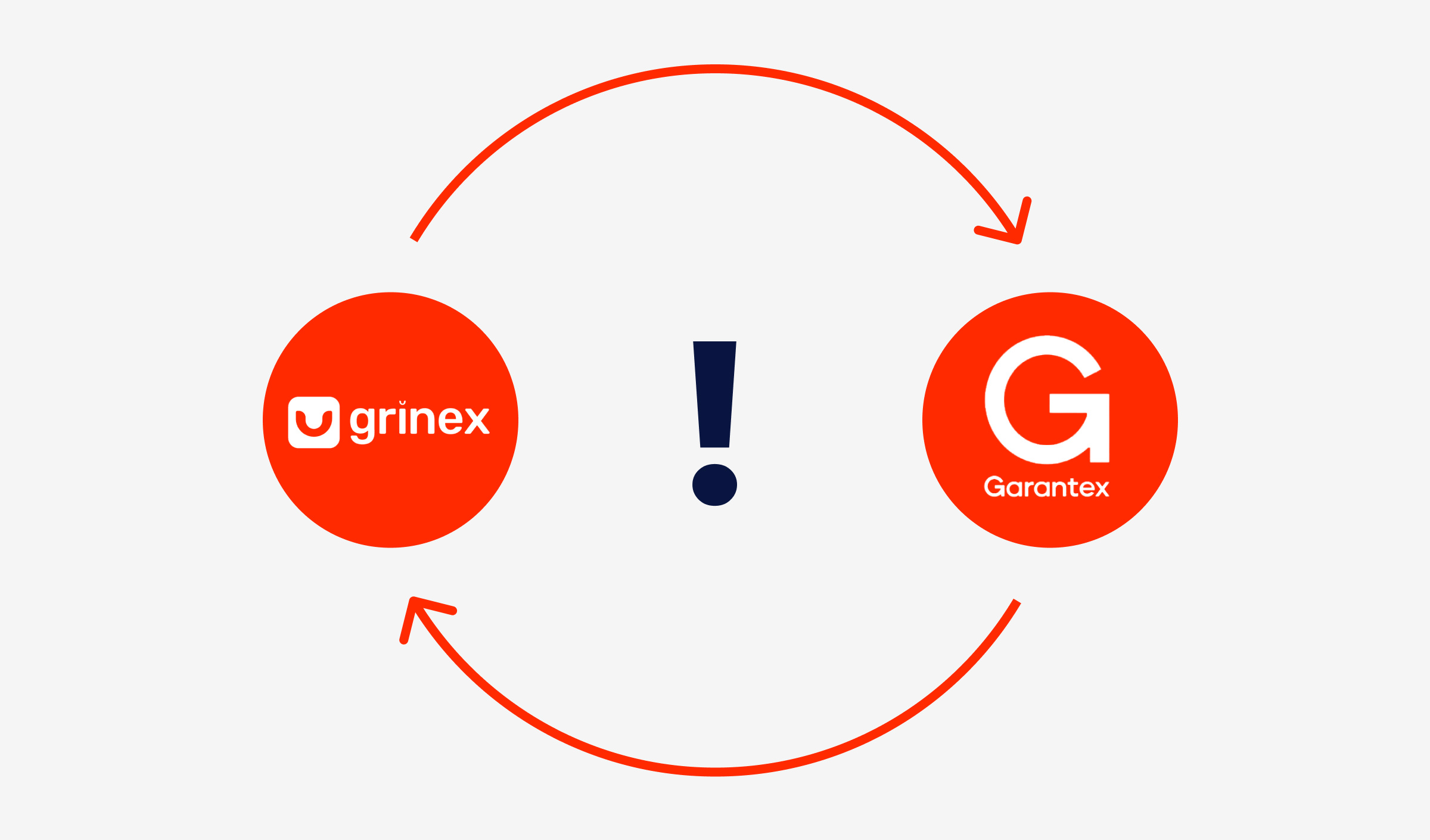$9.3 billion lost to scams in 2024 — a 66% surge from 2023. As fraud accelerates, what must regulators and exchanges do to keep up?
What the FBI’s report showed
The FBI’s Internet Crime Complaint Center (IC3) released its Annual Internet Crime Report 2024 this April. The numbers are staggering. Total reported internet crime losses soared to $16.6 billion, representing a 33% increase from 2023. A major driver of this surge was cryptocurrency-related fraud, which alone accounted for $9.3 billion in losses across 149,686 complaints. This is a 66% increase compared to the previous 2023 year.
Crypto crime keeps rising despite federal crackdowns and international cooperation. The FBI and its partners have taken down major ransomware groups and provided thousands of decryption keys to victims, helping prevent an estimated $800 million in losses. However, fraudsters still stay one step ahead in the digital asset space.
The numbers behind the surge:
-
Crypto investment scams caused $5.8 billion in losses through over 41,000 incidents, a 47% increase from 2023.
-
Crypto ATM fraud skyrocketed, with $246.7 million stolen via nearly 11,000 scams — a 31% rise in losses year-over-year.
-
Crypto extortion and sextortion cost victims $33.5 million across nearly 55,000 incidents, up 59% in complaints since last year.
-
Among the various types of cryptocurrency crimes, investment scams caused the most significant financial damage, resulting in $5.8 billion in losses.

Source: FBI’s 2024 Internet Crime Report.
Unsurprisingly, seniors aged 60 and above remain the most frequent and financially impacted targets across all categories. This demographic reported the highest number of complaints and most significant total losses, including $1.6 billion lost to investment scams alone.
Crime isn't slowing down: Garantex case
In March, U.S., German, and Finnish authorities shut down Garantex, a sanctioned Russian crypto exchange responsible for around $96 billion in crypto transactions since April 2019. Its infrastructure was seized, and $27 million in assets were frozen.
However, the crime didn’t stop. Shortly after, a new name emerged: its successor, Grinex.
Grinex is the “full-fledged successor” to Garantex. As of May 2025, despite red flags and sanctions, Grinex moved more than $1.66 billion in crypto through over 180 exchanges. Many of these transactions were direct and unshielded, exposing even regulated exchanges to illicit flows — often without their knowledge.

Visualisation of USDT flow volumes through Grinex in the Tron network from the start of its operations.
Most of the funds flowed through USDt on the Tron network, a blockchain now linked to 70% of potentially illicit stablecoin activity.
By the end of May, total exposure linked to Grinex had risen to $2.41 billion, according to Global Ledger's investigation.
Why it is important
The case of Grinex highlights a deeper issue in the crypto ecosystem: illicit actors are not just surviving enforcement actions, they’re evolving past them. Despite seizures, sanctions, and shutdowns, platforms like Garantex resurface under new names and continue operations at scale.
Many of these transactions occur without obfuscation, moving through stablecoins like USDt. They often take place on high-volume networks such as Tron, where most illicit stablecoin activity now happens. The sheer volume and speed of these movements mean traditional oversight tools are becoming insufficient.
This underscores the growing importance of advanced blockchain analytics. Tracking complex crypto flows, uncovering hidden connections, and identifying risky exposure are becoming essential for protecting the integrity of the financial ecosystem.
Final thoughts
The FBI’s 2024 IC3 Report confirms what on-chain activity has already made clear: crypto crime is not slowing down — it’s escalating. From fraud and scams targeting vulnerable users to large-scale money laundering operations like those behind Grinex, the risks are broad and deeply embedded in the market.
Yet these threats can be countered. With the right technology, it’s possible to trace illicit funds across thousands of hops, monitor asset flows in real time, and identify risk at the entity level. Doing so isn’t about compliance alone. It is about how exchanges, VASPs, and regulators maintain trust, protect assets, and stay ahead of criminal innovation. These actions ensure regulatory requirements are met and help safeguard the entire ecosystem from emerging threats.
Seeing what others miss may be the key to staying protected. See how Global Ledger — a blockchain visualization and crypto AML risk-scoring solution — can help you spot risks others might miss.
 Beyond the Freeze: $15M in Garantex Crypto Still Moving
Beyond the Freeze: $15M in Garantex Crypto Still Moving
 Same Garantex, Different Sauce. “New” Russian Exchange Grinex Launched
Same Garantex, Different Sauce. “New” Russian Exchange Grinex Launched